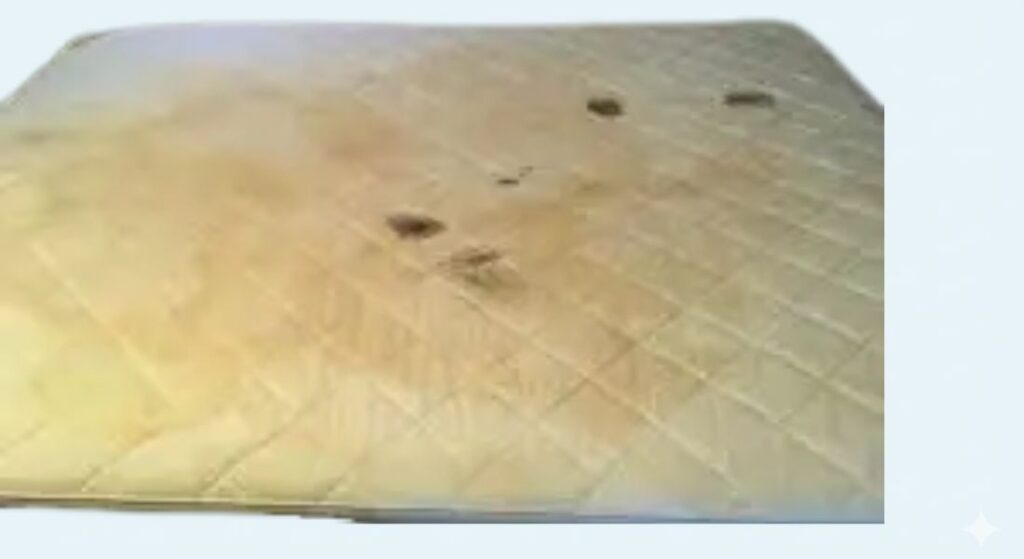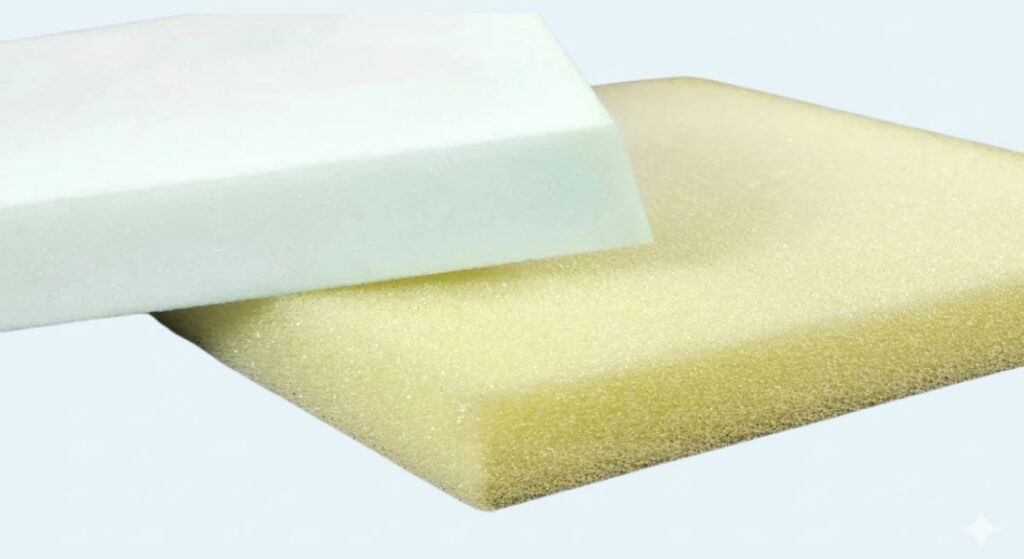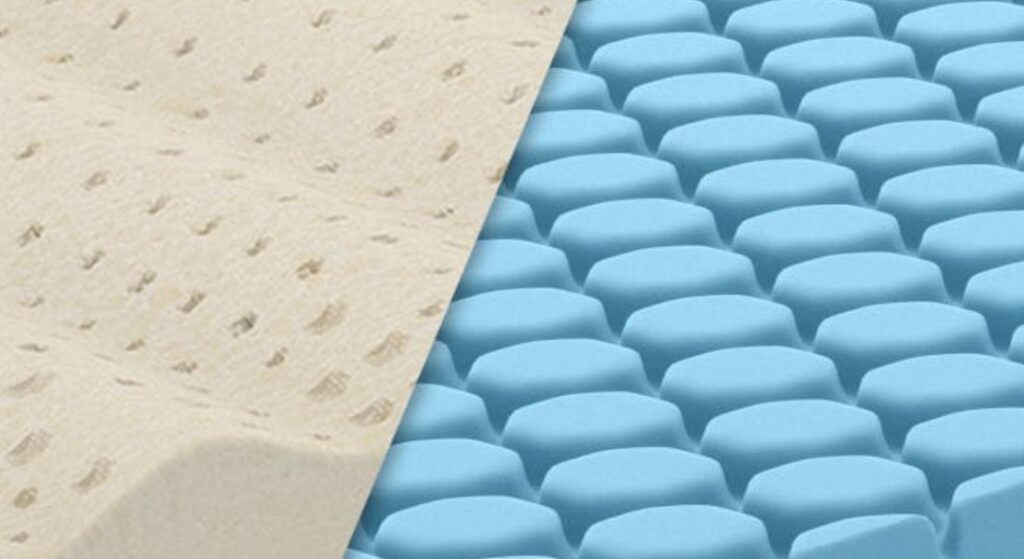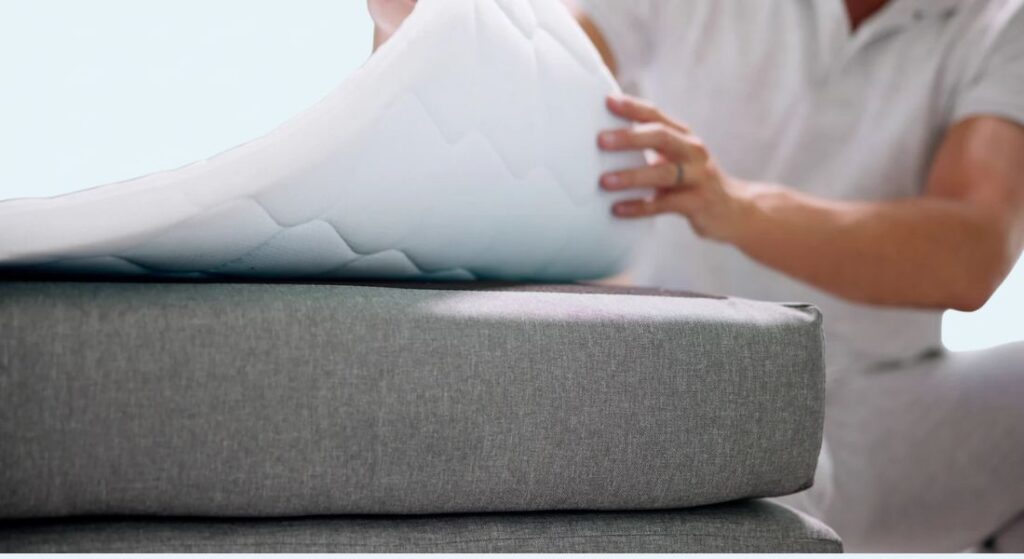You unzip your memory foam mattress cover after two years of use and freeze—where once was pristine white foam now spreads an amber hue that looks more like aged parchment than premium sleep technology. Before you panic about defective materials or poor hygiene, understand this: that yellow discoloration isn’t dirt, damage, or a sign your mattress is failing. It’s simple chemistry in action, and it happens to every memory foam product regardless of price or brand.
Memory foam yellowing affects all polyurethane-based products from luxury mattresses to budget couch cushions. This transformation isn’t a defect but an inevitable chemical process that begins the moment foam leaves the factory. Understanding why your memory foam turns yellow—and why it’s completely harmless—will save you unnecessary worry and prevent costly premature replacements. You’ll learn the exact science behind the discoloration, how environmental factors accelerate it, and practical strategies to slow the process while maintaining your foam’s performance.
Oxidation: The Chemical Reason Memory Foam Turns Yellow
Memory foam yellowing stems from oxidation—a fundamental chemical reaction between polyurethane polymers and atmospheric oxygen. When oxygen molecules interact with aromatic isocyanates in the foam matrix, they trigger molecular changes that create chromophores—light-absorbing structures that reflect yellow wavelengths. This reaction begins immediately after manufacturing, though visible changes take months to appear.
Why Mattress Edges Show Yellowing First
You’ll notice yellowing starts at the edges and corners of your memory foam where oxygen exposure is highest. These perimeter areas have greater surface area-to-volume ratios, allowing oxygen to penetrate deeper into the foam structure. The discoloration then gradually spreads inward toward the center over months or years. Unlike surface stains, oxidation yellowing penetrates the entire foam structure—you can’t simply wipe it away because the color change occurs at the molecular level.
How UV Light Accelerates Memory Foam Discoloration
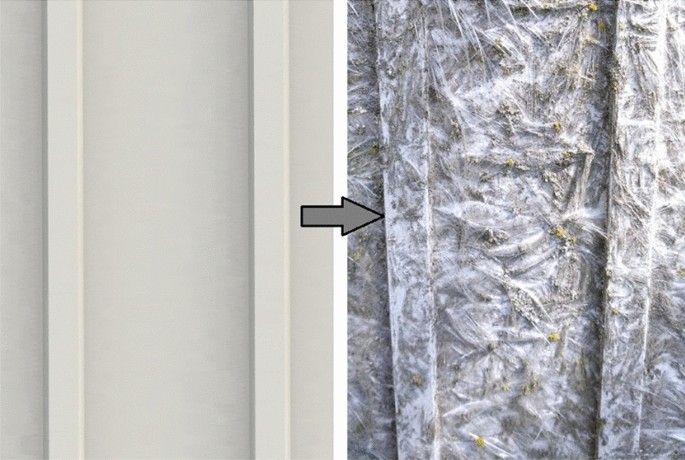
Ultraviolet radiation acts as a powerful catalyst that dramatically speeds up oxidation. Even indirect sunlight streaming through bedroom windows contains enough UV-A photons to break chemical bonds in polyurethane chains. This photo-oxidative reaction explains why memory foam near windows yellows significantly faster than foam in darker rooms. Fluorescent lighting also contains UV components that contribute to yellowing over time, while LED lighting offers better protection with minimal UV emission.
Critical insight: The yellowing process never stops—it only slows under controlled conditions. Your memory foam will continue changing color throughout its lifespan, but proper environmental management can extend the period before discoloration becomes visually noticeable.
Heat and Humidity: Hidden Accelerators of Memory Foam Yellowing

Why Your Body Heat Speeds Up Discoloration While You Sleep
Every 10°C temperature increase doubles the oxidation rate—that’s why the top surface of your memory foam mattress yellows faster than the bottom. During sleep, your body heat raises the foam temperature to 30-37°C against your mattress surface, creating localized acceleration zones. This thermal effect explains why the sleep surface often shows more pronounced yellowing than areas not in direct contact with your body.
Optimal Humidity Levels to Preserve Foam Whiteness
Maintain bedroom humidity between 30-50% to significantly slow yellowing. When relative humidity exceeds 60%, the yellowing rate triples as water molecules facilitate oxidation by acting as reaction catalysts. In high-humidity environments, you’ll notice blotchy or uneven yellow patterns where moisture has penetrated foam cells and created concentrated oxidation zones. Use a hygrometer to monitor levels and a dehumidifier in naturally humid climates.
Memory Foam Types and Their Yellowing Timelines

Why Traditional Polyurethane Foam Yellows Fastest
Conventional polyurethane foam (T-Foam) shows visible yellowing within 6-18 months under normal bedroom conditions. Lower density foams below 1.5 lbs/ft³ yellow more rapidly due to higher air permeability, allowing greater oxygen penetration throughout the material. Despite the color change, performance characteristics remain completely unaffected—you won’t notice differences in comfort or support.
How High-Density Memory Foam Resists Yellowing Longer
Premium memory foam with densities of 4-5 lbs/ft³ yellow more slowly than lower-density options, with initial discoloration typically appearing after 12-24 months. The additional polymer cross-linking in high-resilience foam creates natural oxidation barriers that extend the aesthetic lifespan. However, no memory foam—regardless of price point—can completely resist yellowing indefinitely. The process is inevitable for all polyurethane-based products.
Spotting the Difference Between Oxidation and Actual Stains
Why True Oxidation Yellowing Can’t Be Cleaned Away
Oxidation yellowing appears uniform across large areas, develops gradually over months or years, and carries no associated odors. The color change affects the entire foam structure and cannot be removed through any cleaning method. If you notice sudden yellowing after a specific incident or localized discoloration in one area, you’re likely dealing with a stain rather than natural oxidation.
Identifying Common Stain Types That Mimic Yellowing
Sweat/sebum stains create yellow-brown patches concentrated where your body contacts the mattress, accompanied by body odors. Urine stains produce bright yellow circular spots with strong ammonia smells. Water damage results in beige stains with potential mildew growth, while rust from coil springs creates orange-brown discoloration. These surface-level issues often respond to appropriate cleaning treatments unlike oxidation yellowing.
Does Yellow Memory Foam Mean It’s Time to Replace?
Performance Metrics That Matter More Than Color
Extensive testing shows zero correlation between yellowing and compression set failure. Tensile strength, elongation properties, and tear resistance maintain original specifications throughout the color change process. Your yellow memory foam remains as durable and supportive as the day you bought it. Replace memory foam based on comfort degradation, support loss, or visible structural damage—not color changes.
When Yellowing Actually Signals Foam Degradation
While yellowing itself is harmless, combine it with these performance issues to determine replacement timing:
– Permanent body impressions deeper than 1.5 inches
– Noticeable loss of pressure relief capabilities
– Sagging or uneven support across the sleep surface
– Foam that no longer recovers its shape after compression
Quality memory foam typically maintains full performance for 7-10 years regardless of color.
Practical Ways to Slow Memory Foam Yellowing
Best Mattress Protectors for Blocking UV Exposure
Use full encasement mattress protectors with UV-blocking properties to significantly slow yellowing. Multiple sheet layers provide additional filtration, while positioning your bed away from direct sunlight paths reduces exposure. Install blackout curtains or UV-blocking window films on nearby windows—especially those receiving morning sun, which contains higher UV intensity.
How to Rotate Your Mattress for Even Aging
Rotate your mattress 180° every 3-6 months to distribute environmental exposure evenly. This prevents one area from yellowing faster than others and extends the period before discoloration becomes visually noticeable. Air your mattress 2-3 times annually in a shaded, warm area to remove moisture without exposing it to damaging UV rays.
Debunking Common Memory Foam Yellowing Myths
Why Yellow Foam Isn’t Dirtier or Less Sanitary
Yellow memory foam is not inherently dirtier or less hygienic than white foam. The color change represents molecular-level oxidation rather than surface contamination. Regular cleaning won’t prevent or remove yellowing because the process occurs within the foam structure itself. Proper maintenance—vacuuming regularly and using a mattress protector—keeps your foam clean regardless of color.
The Truth About “Non-Yellowing” Memory Foam Claims
No products, treatments, or cleaning methods can restore original foam color. Any product claiming to reverse yellowing either damages foam structure or provides only temporary surface bleaching. Memory foam manufacturers don’t offer warranties against yellowing because it’s a natural chemical process, not a defect. Focus on density, certifications, and comfort rather than color retention when evaluating foam quality.
Memory foam yellowing isn’t a problem to solve—it’s chemistry doing what chemistry does. Every polyurethane foam product will eventually turn yellow through natural oxidation, but this transformation affects appearance only. Your yellowing memory foam isn’t broken—it’s simply doing its job while aging gracefully. Instead of fighting inevitable color changes, focus on proper maintenance and replace your foam based on performance degradation rather than aesthetic changes. Embrace the amber patina as proof your mattress has provided years of comfortable sleep while naturally evolving alongside you.

